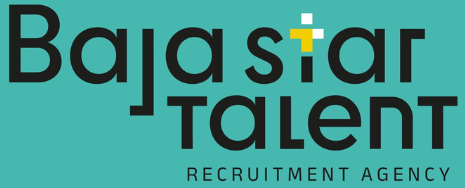When daylight hours begin to shrink and natural light decreases, it’s not just the weather that changes — employees’ moods and performance can also be affected. This phenomenon is officially recognized in psychiatry as Seasonal Affective Disorder (SAD), a type of recurring depression that typically appears in fall and winter and eases with the arrival of spring.
Although SAD is often associated with regions that experience harsh winters, its effects can also be seen across Latin America and in global remote work environments, especially among individuals who spend long periods indoors or who face demanding routines during colder months.

What Is Seasonal Affective Disorder (SAD)?
SAD is a type of recurrent depression that emerges during specific times of the year, most often in the fall and winter when exposure to sunlight is reduced. The lack of light can affect the body’s internal clock (circadian rhythm), disrupt melatonin production (which regulates sleep), and lower serotonin levels (which regulate mood), leading to both emotional and physical symptoms.
Common Symptoms
Specialists commonly identify the following signs:
- Low mood, sadness, or an ongoing sense of emotional “heaviness”
- Fatigue or a persistent lack of energy
- Reduced interest in work or social activities
- Increased sleep or difficulty waking up in the morning
- Changes in appetite, including cravings for carbohydrates
- Difficulty concentrating or making decisions
- Irritability, anxiety, or emotional overwhelm
When these symptoms occur consistently year after year during fall and winter and begin to impact quality of life and job performance, SAD may be a contributing factor.
Why SAD Matters in the Workplace
In professional environments, SAD can lead to decreases in motivation, engagement, creativity, and productivity. It may also increase absenteeism or presenteeism (being at work but performing poorly) and heighten the risk of burnout when combined with heavy workloads or stress. Recognizing SAD is not about exaggerating seasonal discomfort; it aligns with responsible health and wellness strategies that foster employee well-being and performance.
How HR and People & Culture Teams Can Offer Support
HR departments can take proactive steps to help employees prevent and manage the impact of SAD.
Encourage exposure to natural light
Consider promoting outdoor breaks, offering workspaces with natural lighting, or suggesting that employees begin their day by getting sunlight whenever possible.
Promote healthy routines
Wellness campaigns focused on movement, hydration, sleep hygiene, and balanced workloads can help mitigate fatigue and regulate energy levels.
Provide emotional support resources
Share information about SAD and emotional health, offer workshops focused on mental well-being, and ensure employees have access to Employee Assistance Programs (EAPs) or counseling services.
Offer tools for individual self-care
Encourage regular physical activity, consistent sleep schedules, mindful social interaction, relaxation techniques, and professional support when needed.
What Employees Can Do
If an employee notices they consistently feel more tired, irritable, or unmotivated every year when fall and winter begin, it may not just be fatigue — it could be seasonal depression. Recognizing recurring seasonal patterns is key. Employees are encouraged to observe emotional shifts, discuss concerns with a healthcare provider or a trusted supervisor, request temporary flexibility if required, and explore options such as light therapy, counseling, or medical support if SAD is diagnosed.
Mental Health Is a Productivity Strategy
Seasonal Affective Disorder is not simply a dislike of cold weather. It is a recognized condition that affects emotional well-being and, consequently, work performance. Organizations that adopt empathetic and preventive strategies during the fall and winter months can help maintain productivity, improve employee morale, and reinforce a culture of care and wellness in the workplace.
